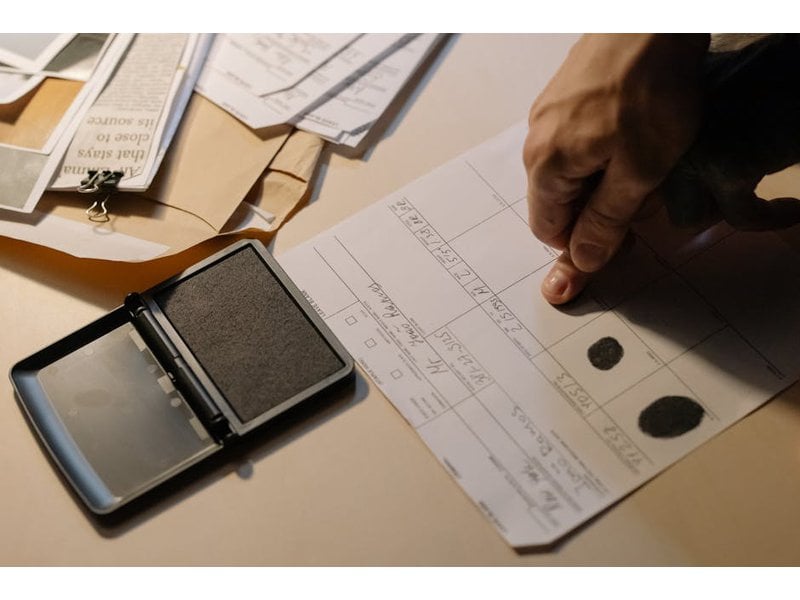108 detailed strike

"In the detailed strike, as originally understood, the workers one by one stop work or take up other jobs, until the employer is compelled to inquire about their grievance and is informed of their demands. This type of detailed strike was practiced by English craft unions in the middle of the nineteenth century—for example, in the case of the Flint glass makers in the years following 1854. Their magazine described the effect of this form of strike: “As man after man leaves... then it is that the proud and haughty spirit of the oppressor is brought down and he feels the power he cannot see.”"...
High scoring campaigns using this method
Historical cases from the Nonviolent Action Database that used this method
Low scoring campaigns using this method
Historical cases from the Nonviolent Action Database that used this method